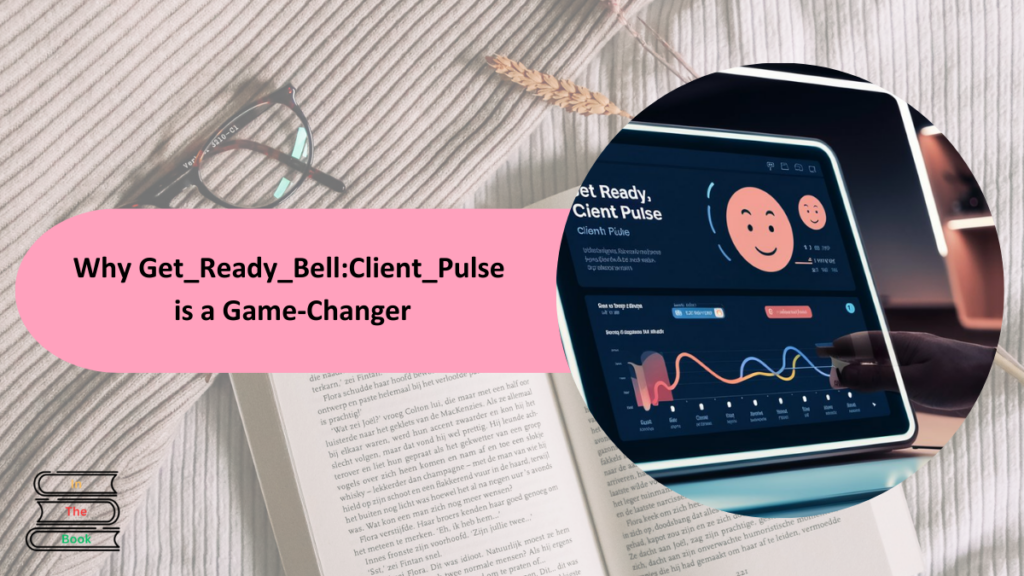Low Dose Naltrexone (LDN) is a medication that is gaining attention for its potential to help treat various health conditions such as autoimmune disorders, chronic pain, and even certain cancers. However, taking this medication requires caution, especially when combining it with other treatments or substances. In this article, we’ll delve into the 7 critical warnings to consider when using low-dose naltrexone, ensuring that you know exactly what to avoid when taking low-dose naltrexone. It’s crucial to understand the precautions and proper usage of what to avoid when taking low-dose naltrexone to maximize its therapeutic benefits while minimizing potential risks.
1. What to Avoid When Taking Low Dose Naltrexone: Opioid Use
One of the most significant precautions to take when using low-dose naltrexone is to avoid opioid drugs. Naltrexone works by blocking opioid receptors in your brain, which means if you are currently taking opioids, even in low doses, and then start taking naltrexone, you could experience severe withdrawal symptoms. This is due to the medication’s action of blocking the opioid effects, which can suddenly “cut off” the drugs’ ability to relieve pain.
Why is avoiding opioids important?
- Severe Withdrawal: Sudden withdrawal symptoms may include body aches, irritability, anxiety, and fatigue.
- Reduced Effectiveness: Opioids and naltrexone will interfere with each other’s effectiveness, potentially causing increased pain or other health issues.
If you are considering taking naltrexone and you are on opioids, it’s essential to talk to your doctor about tapering off opioids and switching to naltrexone in a safe manner.
Related: The Risks of Combining Opioids and Naltrexone
2. Avoid Excessive Alcohol Consumption
While moderate alcohol consumption may not drastically affect naltrexone’s efficacy, excessive drinking can increase the likelihood of side effects like dizziness, nausea, and headaches. It’s important to be mindful of how alcohol interacts with any medication you’re on, including naltrexone.
Why is it important to avoid excessive alcohol with naltrexone?
- Increased Side Effects: Drinking large amounts of alcohol can intensify the unpleasant side effects of naltrexone, including nausea and dizziness.
- Reduced Effectiveness: Chronic alcohol consumption may hinder the benefits that low-dose naltrexone provides for conditions such as autoimmune disorders or chronic pain.
If you plan to drink, do so in moderation, and consult your healthcare provider to ensure that it won’t interfere with your treatment.
3. Don’t Stop Naltrexone Suddenly
Discontinuing low-dose naltrexone abruptly is not recommended. Stopping naltrexone suddenly can lead to withdrawal-like symptoms, as your body will react to the sudden lack of the medication.
Why should you not stop taking naltrexone suddenly?
- Withdrawal Symptoms: These may include irritability, sleep disturbances, mood swings, and fatigue.
- Potential Setback in Treatment: Suddenly stopping naltrexone may cause a flare-up of the symptoms you were initially treating, like chronic pain or autoimmune issues.
If you need to stop taking naltrexone, always consult your doctor and taper off gradually to avoid any negative effects.
Learn more: How to safely taper off medications
4. Avoid Overuse of Supplements
Supplements can be beneficial when taken correctly, but overusing supplements can interfere with the action of low-dose naltrexone, especially when it comes to liver function. Naltrexone is metabolized by the liver, and some supplements may place extra stress on this vital organ, reducing the medication’s effectiveness.
Why should you avoid overusing supplements with naltrexone?
- Liver Strain: Many supplements, especially those that promote liver detoxification, can increase the workload of the liver and hinder naltrexone’s effectiveness.
- Potential Drug Interactions: Certain herbal or dietary supplements may interact with naltrexone and either lessen its efficacy or increase the risk of side effects.
Before introducing any new supplements into your routine, consult your healthcare provider to ensure they won’t interfere with your low-dose naltrexone treatment.
5. Don’t Start with a High Dose of Naltrexone
When starting low-dose naltrexone, it’s crucial to begin with a low dose. If you start with a high dose, you might experience uncomfortable side effects, such as headaches, insomnia, and gastrointestinal discomfort. Naltrexone is more effective when introduced gradually into your system.
How to safely start low-dose naltrexone:
- Start Low: Begin with a dose as low as 1-2 mg.
- Increase Gradually: If needed, your doctor will help you increase the dose slowly over time to avoid any negative reactions.
- Patience is Key: The treatment may take time to show results, so it’s important not to rush it.
A slow and controlled approach ensures that you can minimize side effects and increase the effectiveness of the medication.
6. Avoid Using Naltrexone During Pregnancy or Breastfeeding
While there isn’t a lot of research on the use of low-dose naltrexone during pregnancy or breastfeeding, it’s generally advised to avoid using it during these times unless absolutely necessary. The potential effects on a fetus or infant are not well understood.
Why should you avoid naltrexone during pregnancy and breastfeeding?
- Limited Research: The safety of low-dose naltrexone during pregnancy has not been fully studied.
- Potential Risks to Baby: There could be potential risks to the developing fetus or newborn that aren’t yet known.
If you’re pregnant or breastfeeding, it’s crucial to discuss alternative treatment options with your doctor.
7. Avoid Misuse of Naltrexone
One of the most important things to remember when taking low-dose naltrexone is to use it exactly as prescribed. Misusing the medication, whether by increasing the dose without medical advice or using it inconsistently, can lead to ineffective treatment or unwanted side effects.
How to avoid misusing naltrexone:
- Follow Dosage Instructions: Always stick to the dosage prescribed by your doctor.
- Be Consistent: Take the medication at the same time each day as recommended to maintain stable levels in your system.
- Monitor Side Effects: If you experience unusual symptoms, don’t ignore them—contact your healthcare provider to ensure your treatment plan is working effectively.
By using low-dose naltrexone properly, you give yourself the best chance for success with the medication.
Low-dose naltrexone side effects to avoid
When considering what to avoid when taking low-dose naltrexone, understanding the potential side effects is crucial. Common side effects include vivid dreams, sleep disturbances, and gastrointestinal discomfort. However, more severe reactions are rare, which makes low-dose naltrexone a relatively safe treatment option for many. It’s important to recognize these side effects early, as they can be managed by adjusting the dosage or timing of administration. If you experience severe reactions, consult your doctor about alternatives or adjustments. Proper management can ensure the effectiveness of your treatment while minimizing discomfort.
What foods interact with low-dose naltrexone
Certain foods may interact with low-dose naltrexone and affect its effectiveness. When asking what to avoid when taking low-dose naltrexone, understanding dietary interactions is key. Alcohol, for example, can reduce the medication’s benefits and may increase side effects like dizziness. High-fat meals might also alter how the body absorbs the drug, potentially making it less effective. Foods that stimulate the immune system or contain certain preservatives might interfere with the medication’s ability to reduce inflammation. Thus, it’s essential to maintain a balanced diet while on LDN, avoiding these interactions for optimal results.
Is alcohol safe with low-dose naltrexone?
A common question for many patients is whether alcohol is safe with low-dose naltrexone. The answer lies in understanding what to avoid when taking low-dose naltrexone. Alcohol can counteract the medication’s effects, particularly its ability to regulate the immune system and manage pain. While moderate drinking may not necessarily lead to immediate risks, it’s recommended to limit or avoid alcohol to maximize the benefits of LDN. Alcohol’s depressant effects can worsen the potential for side effects like sleep disturbances or mood changes. Therefore, it’s essential to understand the risks involved with alcohol consumption while taking low-dose naltrexone and follow guidelines provided by healthcare professionals.
Low-dose naltrexone drug interactions to avoid
Understanding what to avoid when taking low-dose naltrexone includes being aware of potential drug interactions. Low-dose naltrexone may interact negatively with certain medications, such as opioids, which could reverse the therapeutic effects of LDN. Additionally, taking LDN with other immune-modulating drugs can result in unforeseen complications, like over-suppression of the immune system. To avoid these risks, always inform your doctor about any medications you’re currently taking. This proactive step can ensure that you are not at risk of harmful interactions, and you can safely use low-dose naltrexone for its intended benefits.
FAQs about Low Dose Naltrexone
1. Can I drink alcohol while taking low-dose naltrexone?
While small amounts of alcohol might not cause severe issues, excessive alcohol consumption should be avoided due to the potential for heightened side effects like nausea and dizziness.
2. How should I stop taking low-dose naltrexone?
It’s essential not to stop low-dose naltrexone suddenly. If you need to discontinue it, work with your healthcare provider to gradually reduce the dosage to avoid withdrawal symptoms.
3. Is it safe to use low-dose naltrexone long-term?
Yes, low-dose naltrexone is often safe for long-term use when monitored by a healthcare provider. Regular check-ups ensure it continues to be effective and safe for managing your condition.
4. Can I take other medications with low-dose naltrexone?
You can take other medications, but it’s important to discuss any new drugs with your doctor. Certain medications may interact with naltrexone, potentially affecting its effectiveness or causing side effects.
Conclusion
Understanding what to avoid when taking low dose naltrexone is key to ensuring that the medication works effectively and doesn’t cause harm. By following the critical warnings mentioned, such as avoiding opioid use, excessive alcohol, and overuse of supplements, you can significantly reduce the risk of adverse effects. Starting with a low dose, avoiding misuse, and consulting your healthcare provider regularly will help you maximize the benefits of this powerful treatment. Always remember that safety is paramount, and following your doctor’s guidance is the best way to achieve the desired results.
If you’re interested in learning more about treatment options and how they can benefit you, check out the Get_Ready_Bell:Client_Pulse for more information on patient experiences and features.
You May Also Like:





